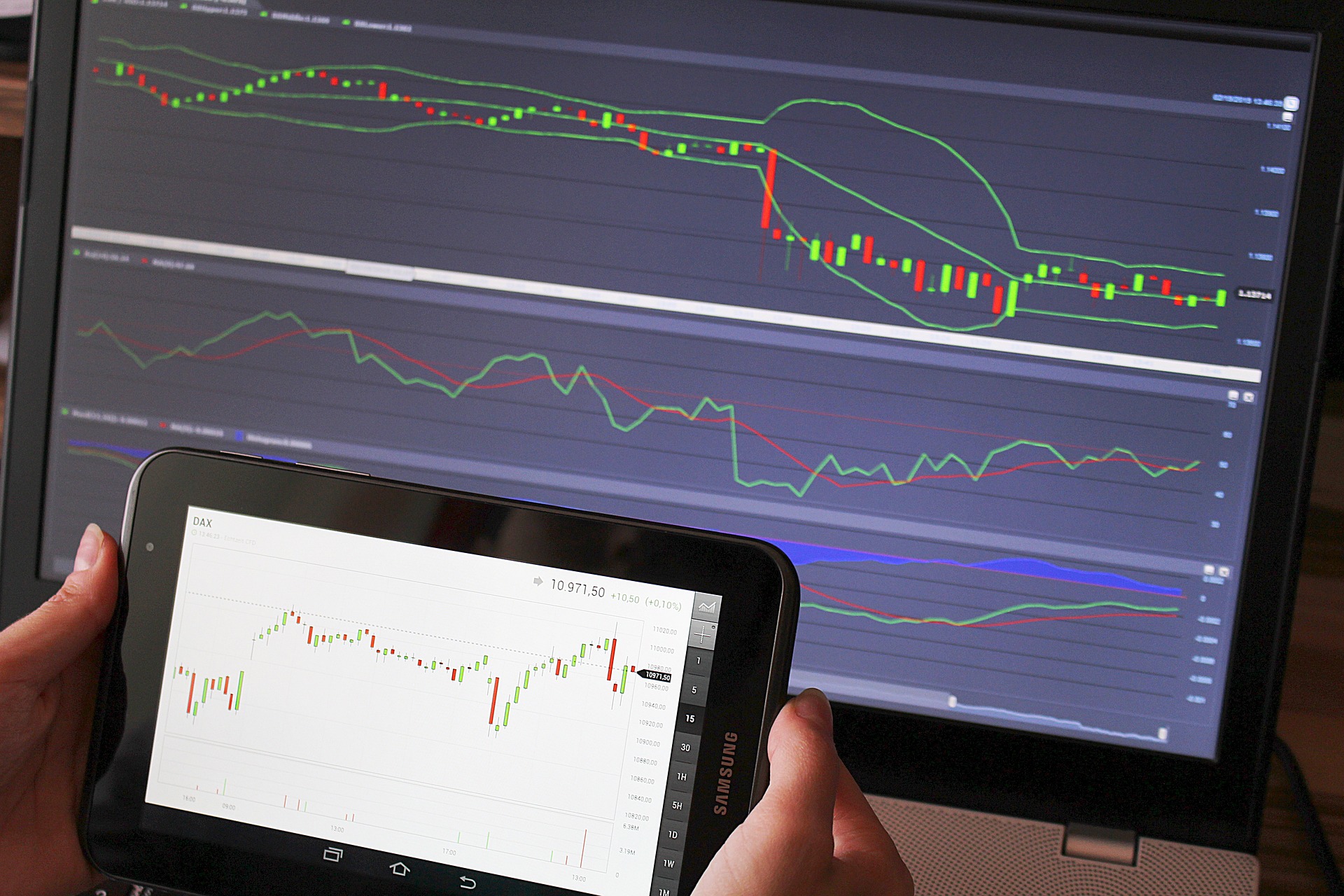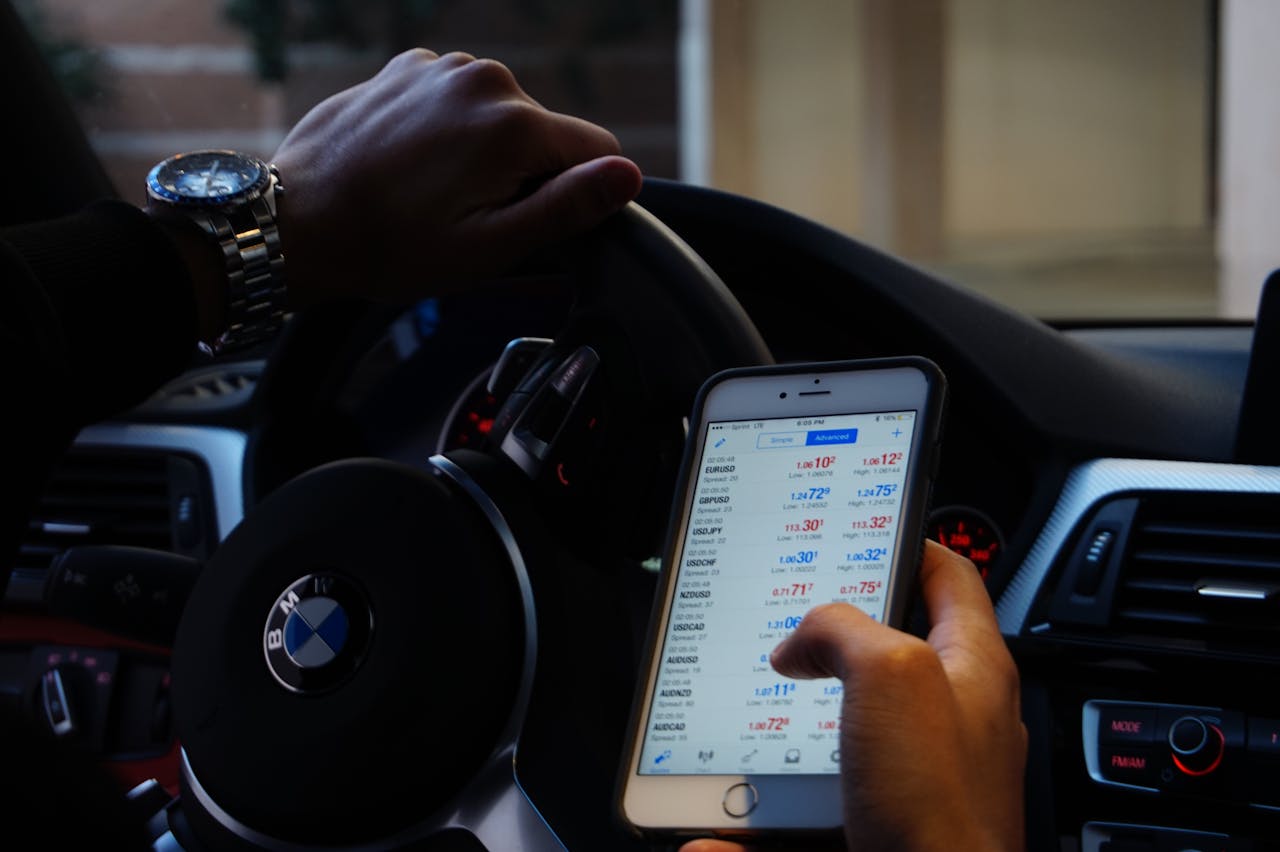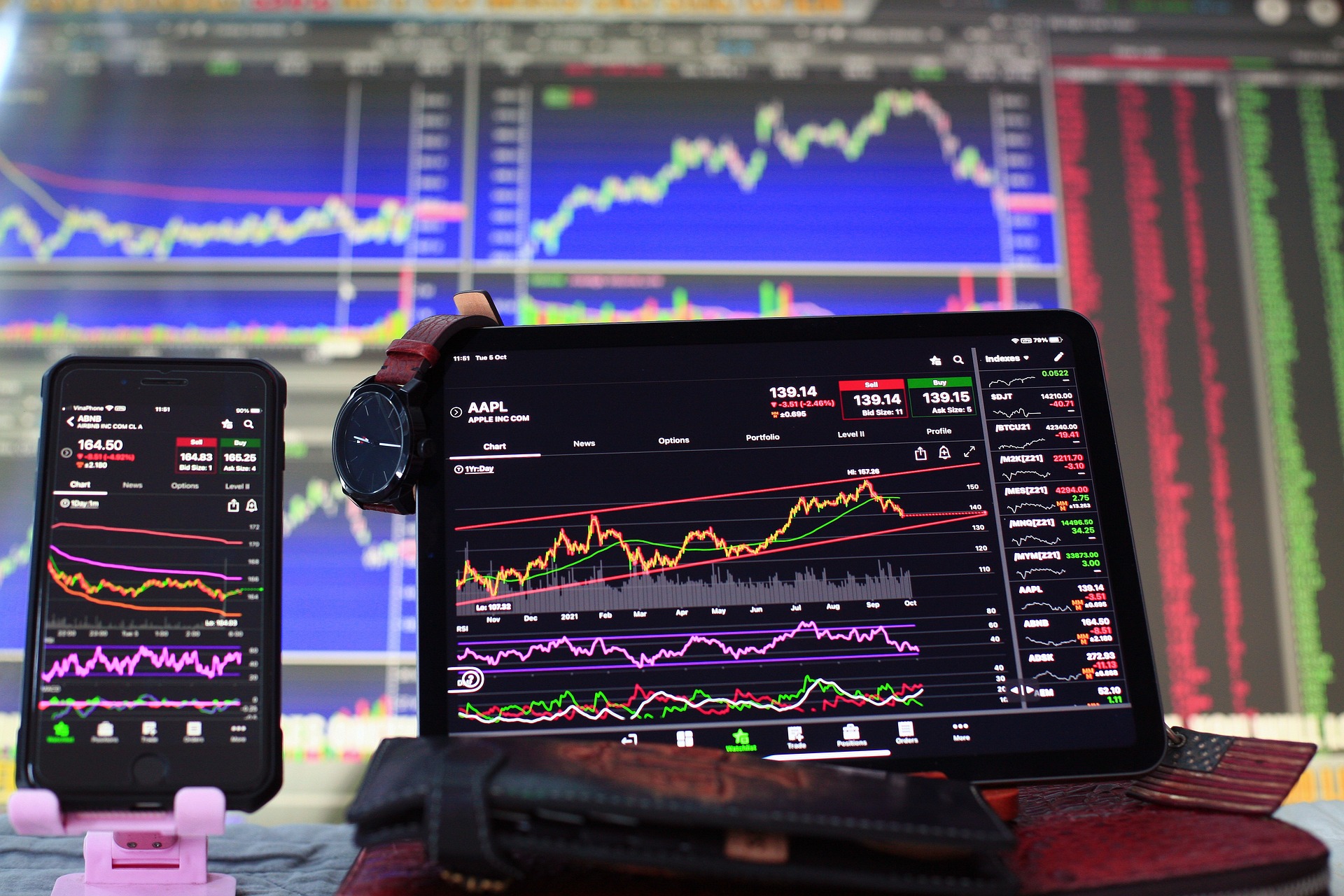As the online trading industry improves, many threats and risks are also emerging. Trading platforms are one of the most targeted accounts online due to the amount of capital every trader has in their account. Fortunately, trading platforms often improve their security to keep traders’ accounts safe.
Meanwhile, even if you pick the safest trading platform in the world, you can still encounter risks while trading. So, as a responsible trader, you should also practise precautions to avoid being targeted by scams and cyberattacks.
In this article, we’ll provide some ways to increase the security of your trading account.
1. Choose a Reputable Trading Platform
The first step to a secured trading journey is to choose a reputable trading platform. Although there are tons of options to choose from, some aren’t as secure as the others.
So instead of exploring all the options, you can start by assessing the well-established platforms, such as TradingView, MetaTrader, and cTrader. These trading platforms secure advanced encryption technology, ensuring the safety of financial transactions and data.
2. Use Strong, Unique Passwords
Weak passwords can make all your hard work go away. Avoid using passwords for your personal information, and make sure it’s unique. If you’ve used it in other accounts, it’s possible that once an account has been hacked, the hackers will go through the others.
Instead, create a unique password with a combination of numbers, small and uppercases, and symbols. In addition, as much as possible, don’t save the password on your browser or app, so that your trading account is still safe even if your devices have been misplaced.
3. Enable Two-Factor Authentication (2FA)
Two-factor authentication (2FA) is another way to secure your trading account. Usually, there are many options when setting up two-factor authentication. You can connect it to your mobile phone messages, email, and other devices.
So even if a hacker gets access to your trading account, they won’t be able to open it since they need to input the code sent to you. This extra layer of security is a great way to make sure you can still recover your account.
4. Set Up Login Notifications
Although you never encountered a problem with your trading account before, it’s recommended to keep your login notifications on. This allows you to keep track of login attempts, in case you’re not the one trying to open it.
Meanwhile, when you encounter a notification that someone’s trying to access your trading account, you can easily change your password and report a suspicious incident.

5. Be Aware of Phishing Attacks
Nowadays, it’s not advisable to link random links. Phishing attacks come in various tactics, such as emails or messages pretending to be a legitimate business. When you encounter such things, it’s best to double-check the URL first or the email address before downloading attachments or clicking any links.
Besides, the main goal of these phishing attacks is to get your login information to open your account. So even if you accidentally click one, close it right away, and don’t input relevant information.
6. Avoid Using Public Wi-Fi for Trading Activities
Avoid connecting to public Wi-Fi networks, especially if you’re planning to monitor your trades. It’s best if you can just have mobile data to access your accounts. As mentioned, even if your account is with TradingView or MetaTrader, the are other external factors that may affect the security level of your trading platform.
7. Monitor Trading Account Regularly
No matter how busy you are, make a habit of checking the activities in your account. Usually, traders with long-term trades don’t visit their accounts regularly unless there’s big news that can affect their strategies. However, monitoring your trading account is a must to ensure its safety.
Even if you turn on the login notifications, there are times when you won’t notice it, and you might end up losing all your hard work.
8. Update Software and Apps Regularly
Trading platforms often update their software and apps. Once an update is recommended, you should do so. If possible, enable an auto-update so you don’t have to do it manually. At the same time, you don’t have to check whether updates are available.
Aside from the trading platform, you should also make sure that the antivirus and anti-malware software are also updated.

9. Use Biometric Authentication (If Available)
Another layer of security that you should utilise is the use of biometric authentication. Some of these include face recognition and fingerprints. This is especially recommended for mobile devices so that you won’t have to input your password while you’re outside. Besides, no matter how complicated your password is, once it has been caught on camera, they can easily open it.
10. Beware of Social Engineering
Social engineering comes with many techniques, such as pretending to be customer support from your trading platform. When this happens, you can confirm this by contacting the official support. However, if the official support has been hacked, this can be a sign of questionable security. You can either halt all your accounts or change your password immediately.
11. Close Unused Sessions
Lastly, don’t forget to log out and close the trading account or platform whenever you’re done monitoring or executing trades, especially if you’re using someone else’s device. If you do this regularly, you can rule this instance out every time there’s something wrong with your account.
Final Thoughts
Securing your trading platform account should be a habit. It can significantly reduce the risks of cyber attacks, and unauthorised access. Trading itself can be a risky thing to do, so you should lessen your worries by improving the security of your trading account.
If you want to share more tips and hacks on how to improve trading account security, don’t hesitate to comment below!
ABOUT THE AUTHOR
Aliana Baraquio has over 5 years of experience as a writer and market analyst. She specialises in developing beginner-friendly trading techniques and tutorials. Additionally, she suggests FP Markets as the top broker for trading CFDs and Forex.

